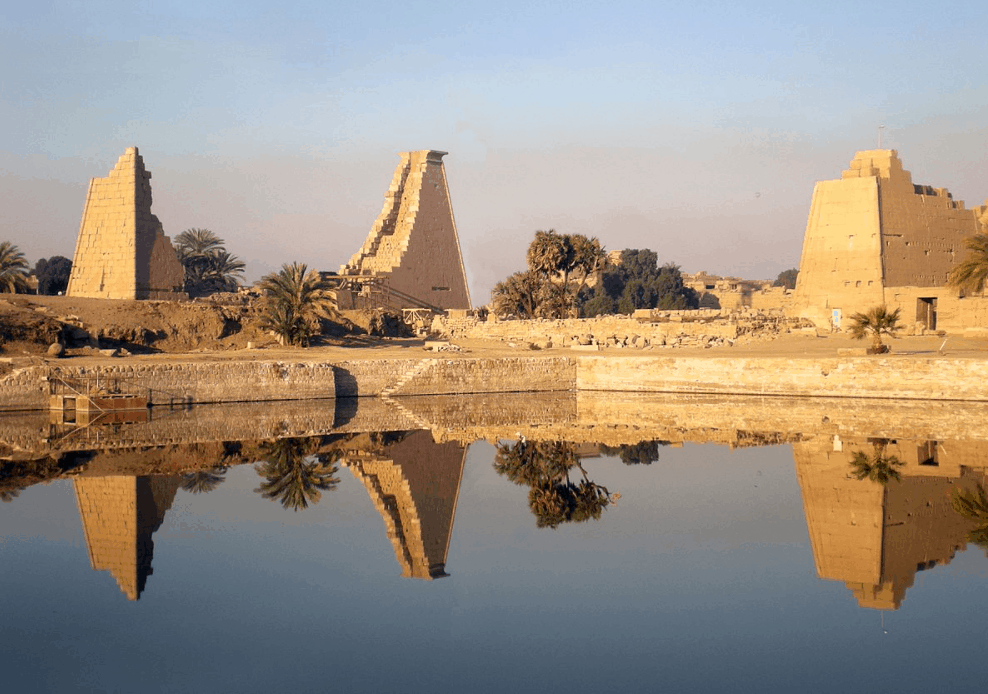One of Egypt’s most famous buildings is located just outside of Luxor.
In this post, you’ll discover the ultimate list of Karnak Temple facts, an incredible Egyptian temple that has a history of thousands of years.
1. The Karnak Temple Complex is located just outside of Luxor
The Karnak Temple complex, also simply referred to as “Karnak,” is a massive historical and archaeological site in southern Egypt near the modern city of Luxor. It was part of the Ancient Egyptian city of Thebes which used to be the capital of Ancient Egypt for numerous centuries.
The complex is named after a village nearby called “El-Karnak” which refers to the Arabic “Khurnak” and which means “fortified village.” This village and the complex are located about 2.5 kilometers (1.6 miles) north of the city of Luxor, where the famous Luxor Temple Complex is located.
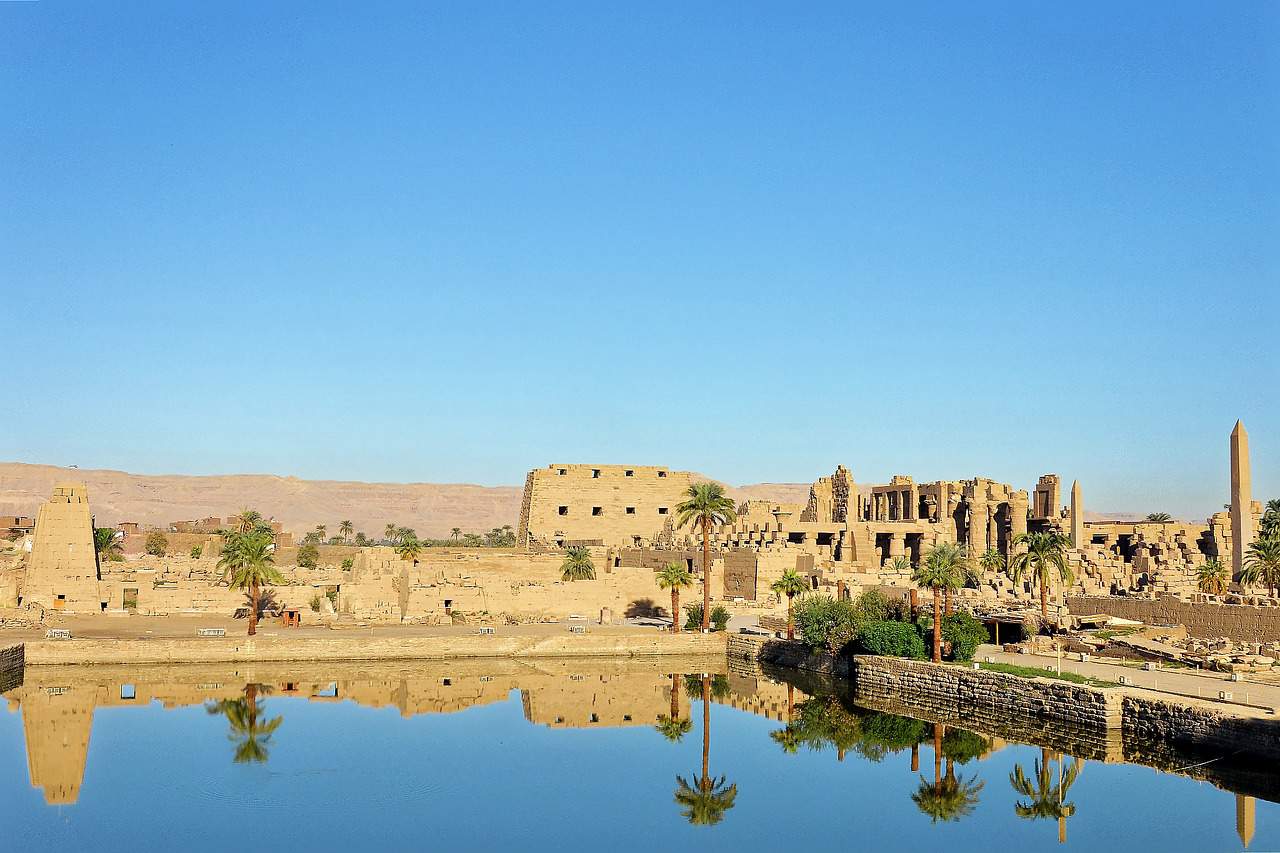
2. It was considered to be a very sacred place in Ancient Egypt
While the city of Thebes was known by Ancient Egyptians as “Waset,” the Karnak Temple complex itself had a different name which literally emphasized its importance.
The complex was known as “Ipet-isut” which translates to “The Most Selected of Places.“
3. It’s huge and construction on the site happened for nearly 2,000 years
The fact that this area was considered to be one of the most sacred places for the Ancient Egyptians resulted in just about every pharaoh of the 18th dynasty contributing to it.
It’s believed that construction on the site started in the Middle Kingdom between 2000 and 1700 B.C. and lasted until the Ptolemaic Dynasty between 305 and 30 B.C. It’s estimated that over 30 pharaohs contributed to the Karnak Temple Complex.
This has resulted in one of the biggest Ancient Egyptian complexes ever built, covering an area of over 250,000 square meters (2.69 million square feet).
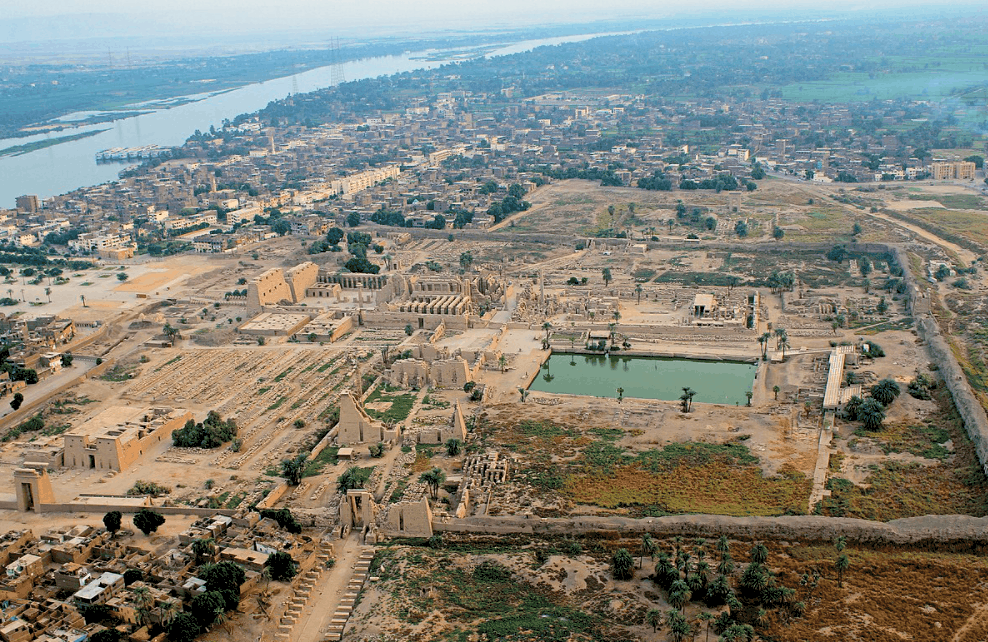
4. The complex consists of a vast number of buildings and monuments
Most of the buildings we see today were built during the New Kingdom between the 16th and 11th centuries B.C. The complex can be divided into 4 main areas:
- Precinct of Amun-Ra
- Precinct of Mut
- Precinct of Montu
- Temple of Amenhotep IV
Only the Precinct of Amun-Ra is open to the public as the other ones remain archaeological sites. The Temple of Amenhotep IV doesn’t exist anymore as it has been completely destroyed after the pharaoh’s death as he tried to establish a monotheistic religion.

5. One of its most impressive features was built during the 19th Dynasty
One of the most amazing Karnak Temple facts is that it contains one of the most amazing monuments of Ancient Egypt. This feature is called the “Great Hypostyle Hall” and is located inside the Precinct of Amun-Re.
This hall consists of 16 rows of a total of 134 massive columns and covers an area of about 5,000 square meters (50,000 square feet). Most of these columns stand about 10 meters (32 feet) tall, while 12 of these stand 21 meters (68 feet) tall and have a diameter of 3 meters (9.84 feet) each.
These are literally enormous pillars that really make you stand in awe!
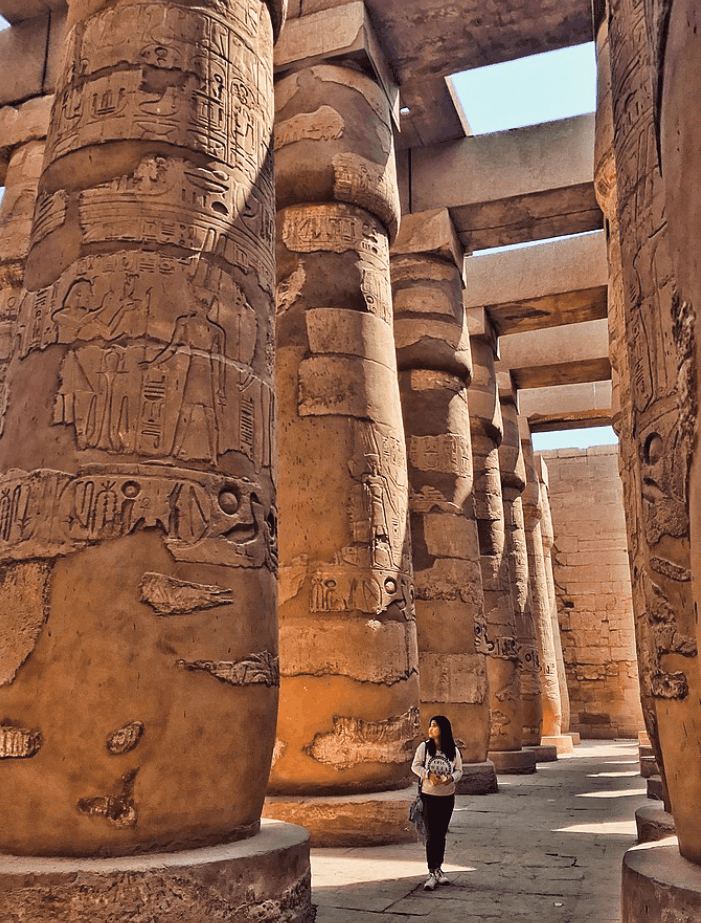
6. Some of the beams on top of the columns weigh up to 70 tonnes
One of the most amazing facts about Karnak Temple is that some of the beams that connect the top of these pillars, a feature also referred to as an “architrave,” weigh up to 70 tonnes.
It baffles the mind as to how the Ancient Egyptians, who didn’t have heavy machinery, managed to lift these enormous granite blocks up these massive pillars.
One theory assumes they used some sort of lifting device. Another theory claims they used ramps made of sand and mud to lift these blocks into position. This is also the main theory as to how they built the pyramids.

7. Materials for the Precinct of Amun-Re were transported over a huge distance
What makes this accomplishment even more fascinating is that these massive columns and granite blocks were transported from a quarry located about 160 kilometers (100 miles) away!
The materials used to build the Precinct of Amun-Re were transported all the way from Gebel Silsila, a quarry located 65 kilometers (40 miles) north of Aswan.
A huge endeavor to transport these blocks, don’t you think?
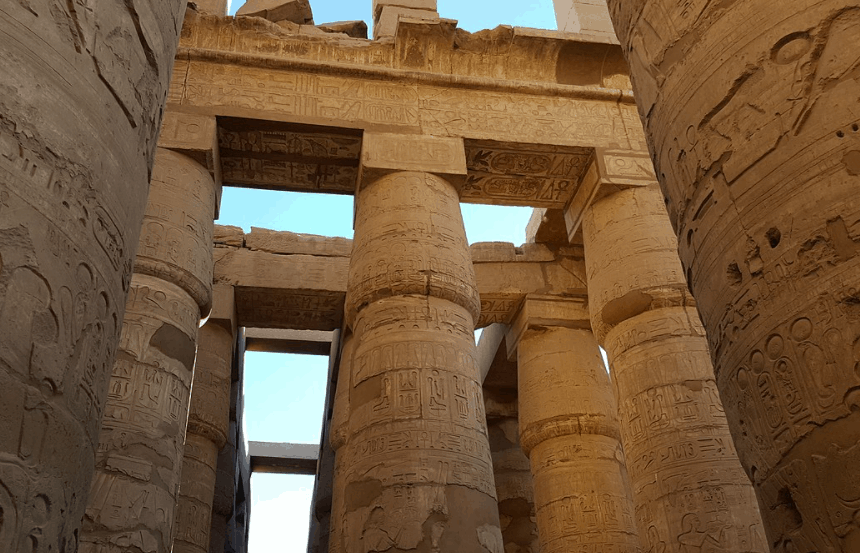
8. The sun god’s shrine was in the spotlight during the winter solstice
We all know that the Ancient Egyptians had great knowledge of astronomy. They also used this knowledge in architecture in order to highlight certain elements by the sun.
In the case of Karnak Temple, it was built in such a way that it was aligned with the solstice which made the shrine of the sun god lighten up during this particular time. A truly remarkable achievement!
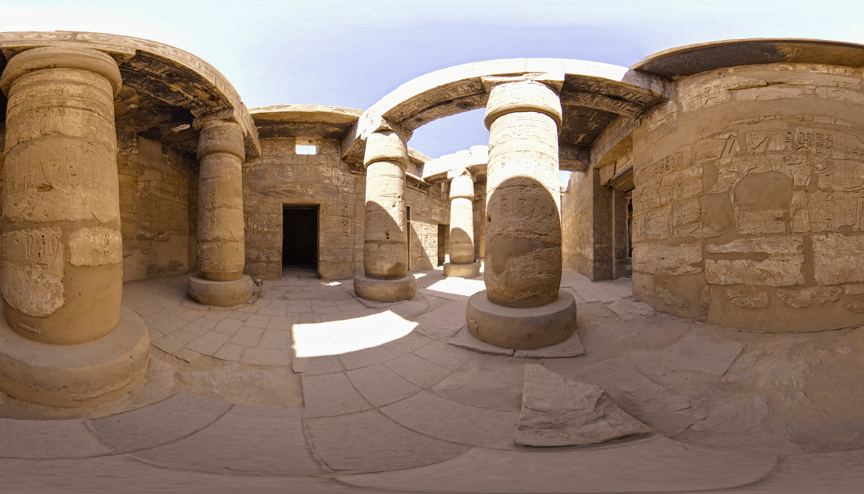
9. The 18th dynasty was the most prolific for the Karnak Temple Complex
Before the 18th Dynasty which ruled between 1550 and 1292 B.C., not more than a few small temples and shrines were located where the massive complex was built.
The main reason that things started to progress quickly during the 18th Dynasty is that Thebes became the capital of a unified Ancient Egypt. This resulted in just about every pharaoh of this dynasty contributing to the temple complex.

10. The tallest ancient obelisk in the world broke during construction
One of the most prolific pharaohs during the glory days of Karnak was a woman named Hatshepsut, known for constructing one of the most amazing temples of Ancient Egypt which were named after her.
Her main contribution was the restoration of the Precinct of Mut, which was dedicated to the ancient great goddess of Egypt. The entrance of this complex used to be decorated with 2 massive obelisks, which were the tallest in the world upon completion.
One of the most remarkable Karnak Temple facts is that she originally planned to erect an even larger obelisk on the site, but this obelisk broke during construction. It was supposed to stand 42 meters (138 ft) tall and weigh 1,090 tonnes, the equivalent of 200 African elephants!
This obelisk, which is referred to as the “unfinished obelisk,” still lies in the quarry near Aswan and is now a popular tourist attraction.
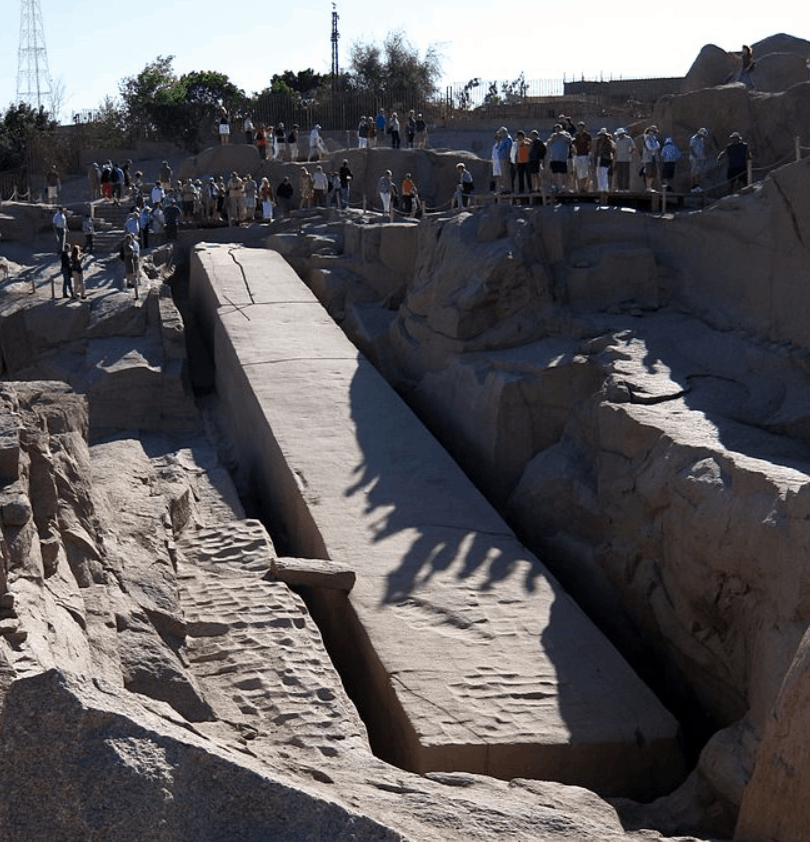
11. Hatshepsut’s chapel was reconstructed in 1997 using its original materials
Another addition made by Pharaoh Hatshepsut as a building referred to as the “Red Chapel,” a shrine constructed between 1479 and 1458 B.C. It was destroyed in antiquity and its original location is still up for debate. Some claim it had a central location in the Temple of Amun, others claim it was located right in between Hatshepsut’s two huge obelisks.
One of the most astounding Karnak Temple facts is that the original building materials of this Red Chapel were rediscovered in the late 20th century and the shrine was completely rebuilt in 1997.
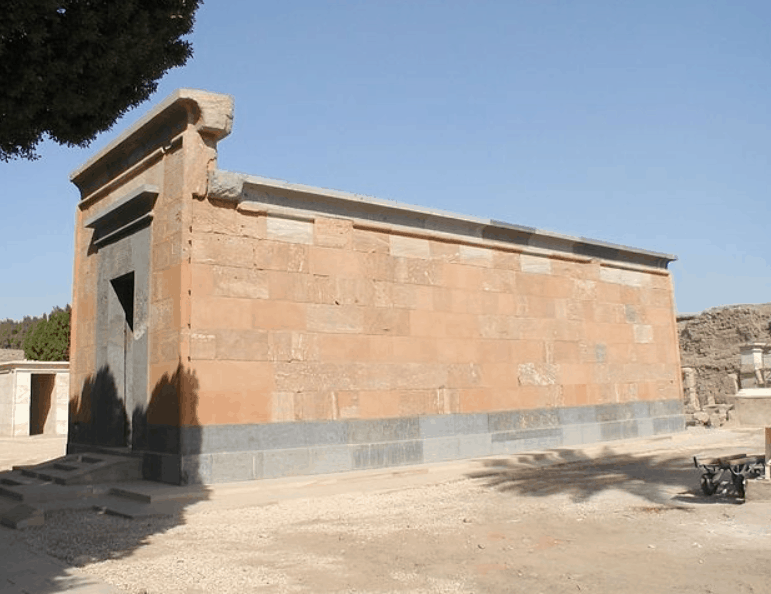
12. Some of the buildings were turned into Christian churches in the 4th century
Ancient Egypt became a province of the Roman Empire in the year 30 B.C. Some of the structures were turned into Roman Temples, but more notably was the fact that in the 4th century, the Roman Emperors, starting with Constantine the Great, became Christian resulting in some of the ancient monuments being transformed into Christian churches.
In one of the temples, the Festival Hall of Thutmose III, depictions of saints dating back to the period of Constantius II in the year 356 A.D. can still be seen today!
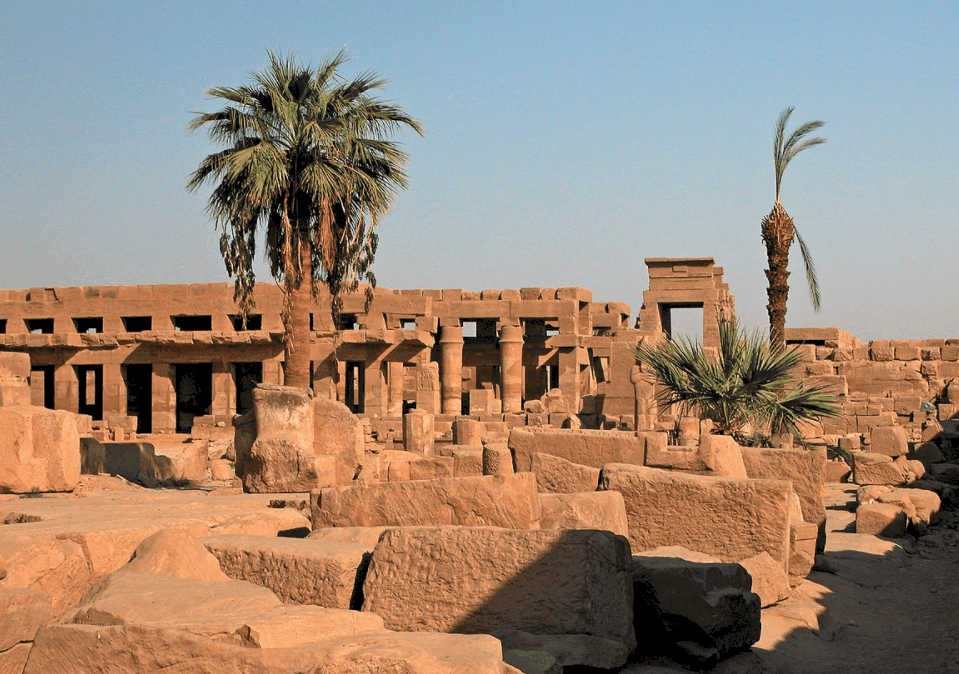
13. Europeans didn’t discover Karnak until the late 16th century
Even though many Roman authors had made clear reference to the Karnak Temple Complex, some even as early as the 2nd century such as Claudius Ptolemaeus’ work “Geographia,” it wasn’t until the late 16th century that a clear description was made.
An unknown Venetian was the first to see the temple complex since antiquity in 1589. He was followed by countless archaeologists and geographers, especially in the 18th century, culminating in a large number of scientists studying the site during the Napoleon expedition in 1798-1799.
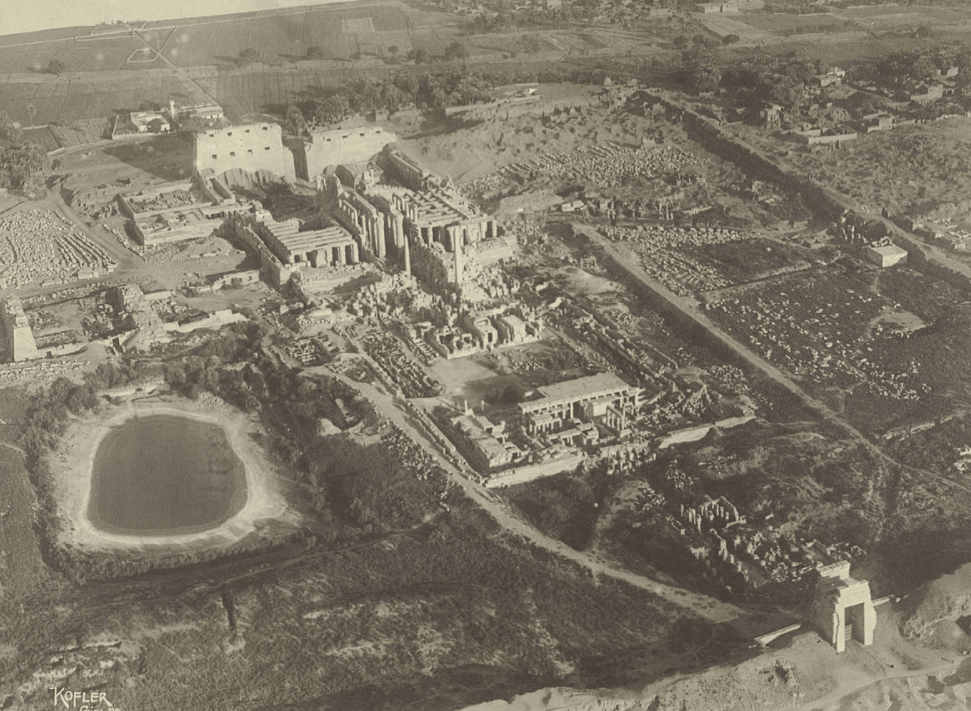
14. It’s one of the most popular tourist attractions in Egypt
Even though the temple consists of 4 main sections, only the main and largest one, the precinct of Amun-Re is open to the public. The other sections are closed to the general public as these are important archaeological sites.
It’s considered to be among the most popular tourist destinations in Egypt today, together with the Giza Necropolis which is home to the Great Pyramid of Giza, the Pyramid of Khafre, and the Great Sphinx of Giza.
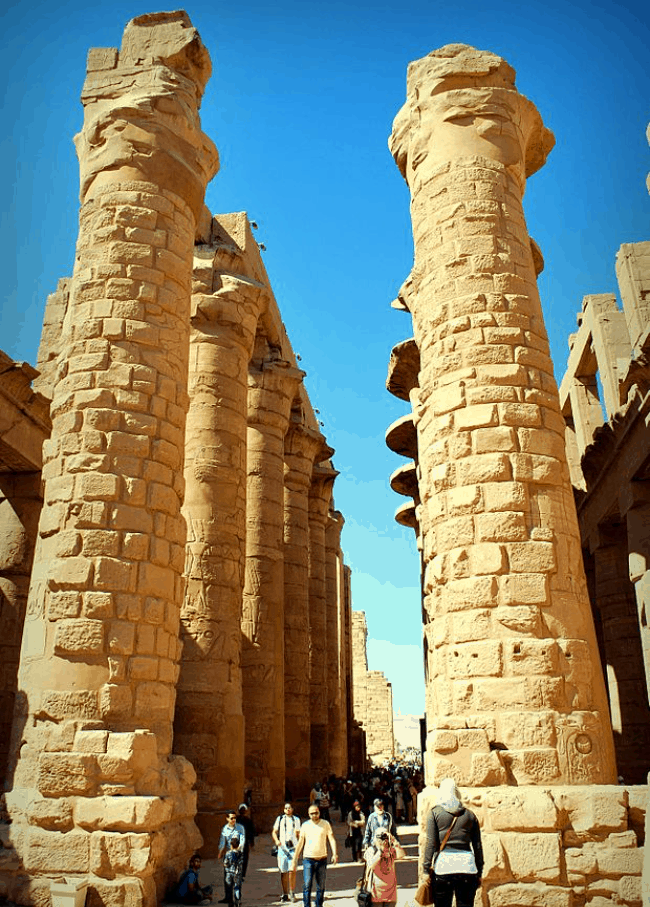
15. The temple has been featured in multiple movies
Apart from being featured in multiple video games and novels, the Karnak Temple Complex and its ancient monuments are often featured in movies as well.
Some of the most notable are:
- Transformers: Revenge of the Fallen (2009)
- The Mummy Returns (2001)
- The Spy Who Loved Me (1977)
The most famous features of the complex are definitely the Sacred Lake and the Great Hypostyle Hall!
